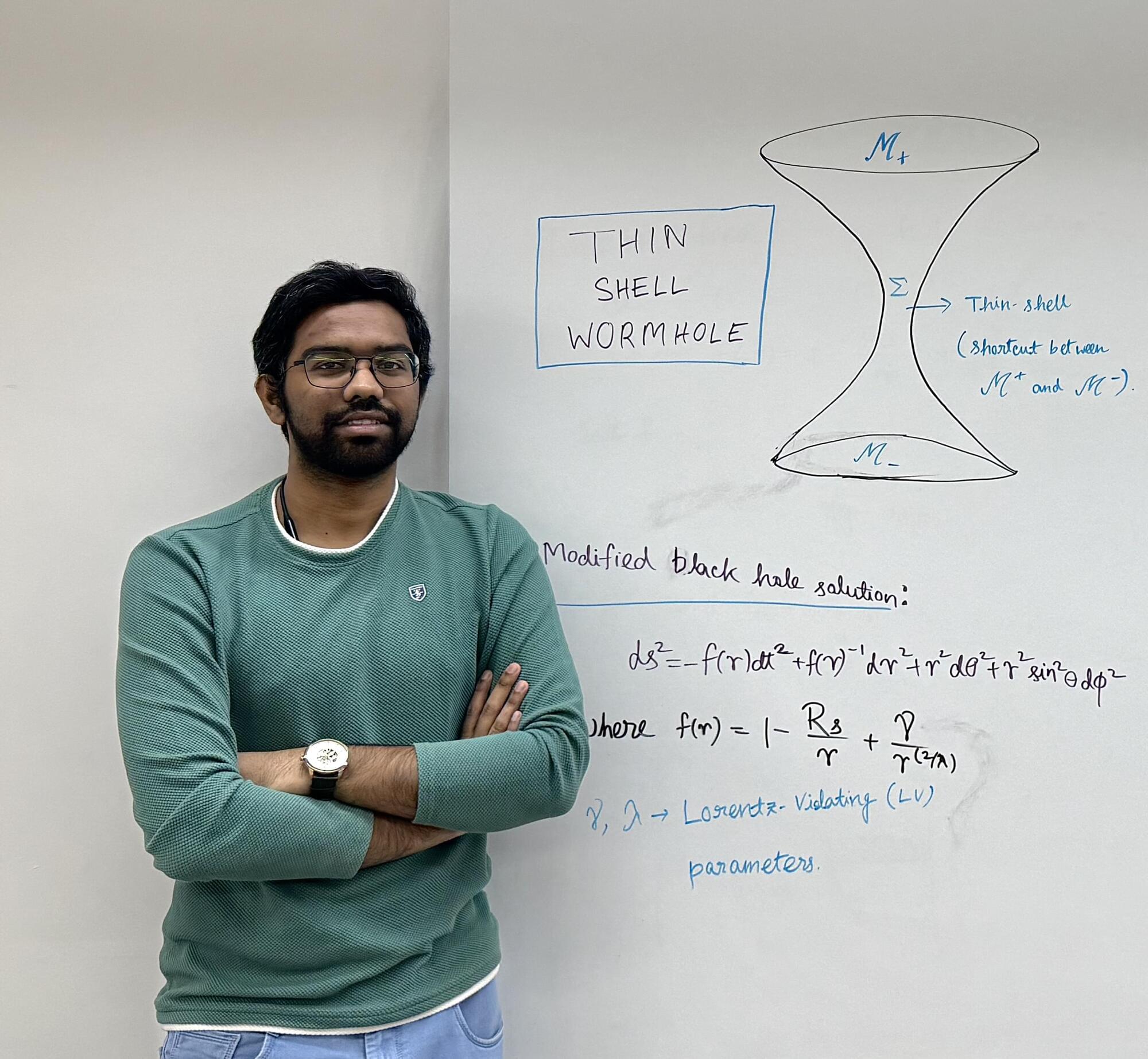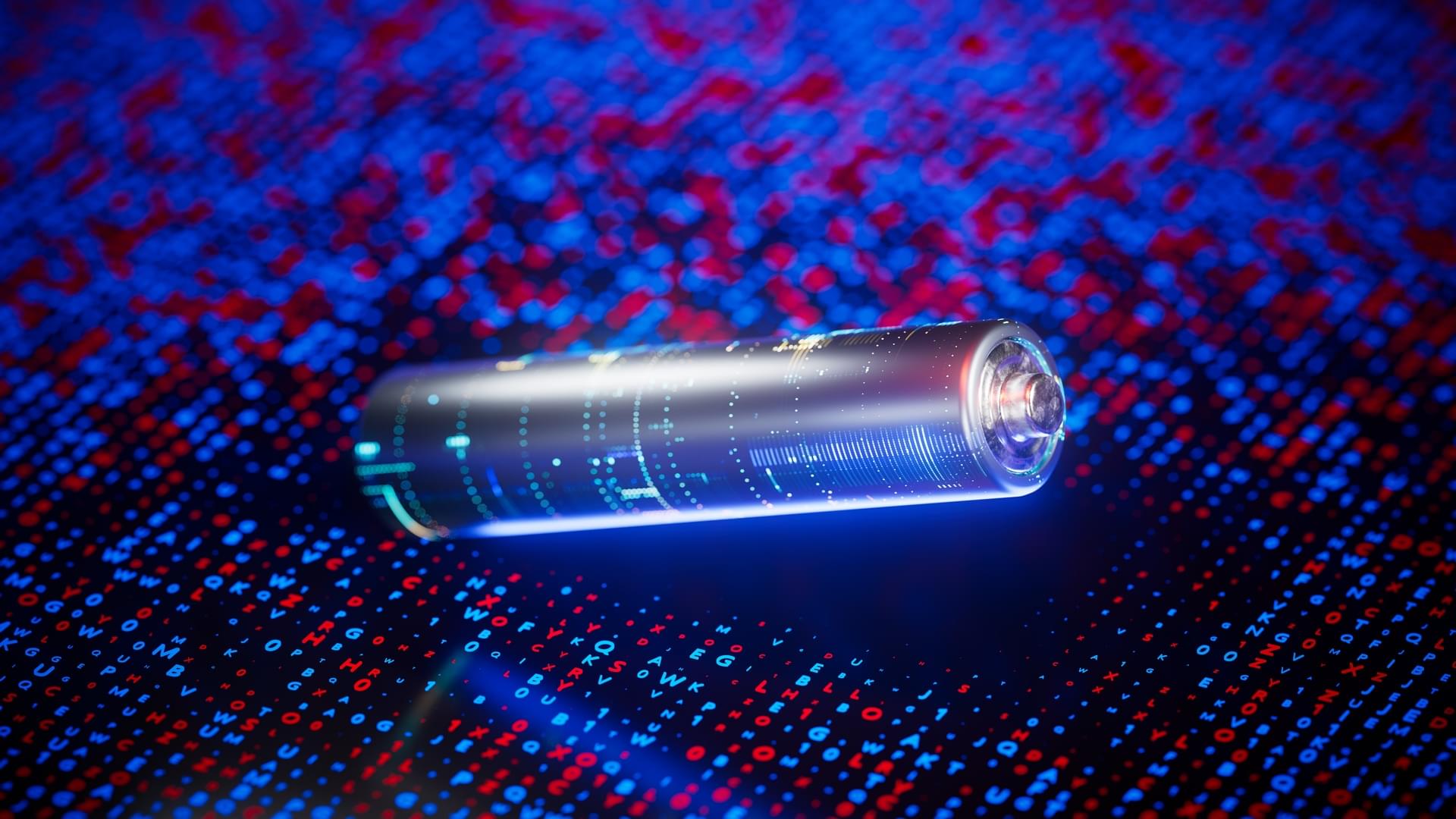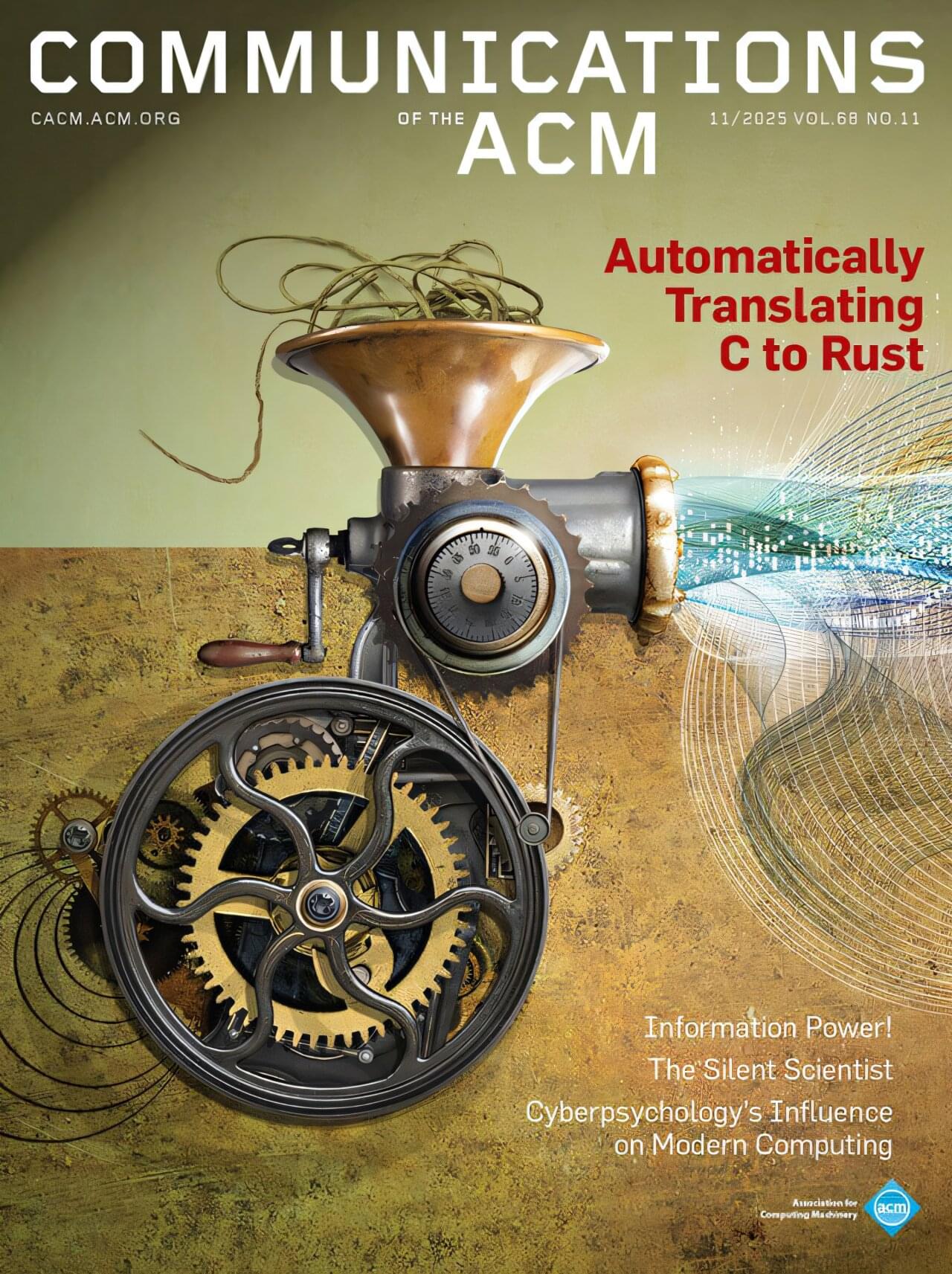Our ability to perceive, think, or act relies on coordinated activity in large networks of neurons in the brain. This review examines recent progress in connecting ideas from statistical physics, such as maximum entropy methods and the renormalization group, to quantitative experiments that record the electrical activity of thousands of neurons simultaneously. This quantitative bridge between the new data and statistical physics models uncovers new, quantitatively reproducible behaviors and makes clear that abstract theoretical principles in studies of the brain can have the level of predictive power that we expect in other areas of physics.









